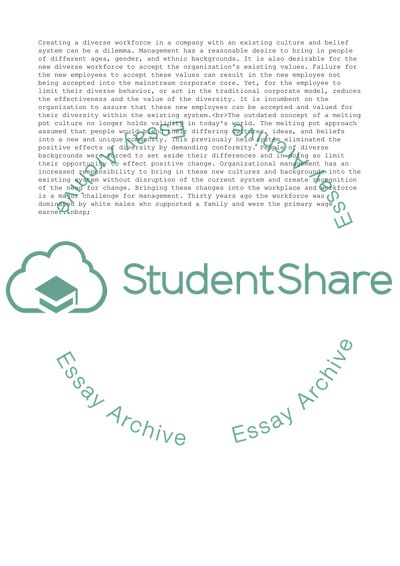Cite this document
(“The Greatest Challenge Facing Organizational Behavior Research Paper”, n.d.)
The Greatest Challenge Facing Organizational Behavior Research Paper. Retrieved from https://studentshare.org/management/1523696-organizational-behavior-college-essay
The Greatest Challenge Facing Organizational Behavior Research Paper. Retrieved from https://studentshare.org/management/1523696-organizational-behavior-college-essay
(The Greatest Challenge Facing Organizational Behavior Research Paper)
The Greatest Challenge Facing Organizational Behavior Research Paper. https://studentshare.org/management/1523696-organizational-behavior-college-essay.
The Greatest Challenge Facing Organizational Behavior Research Paper. https://studentshare.org/management/1523696-organizational-behavior-college-essay.
“The Greatest Challenge Facing Organizational Behavior Research Paper”, n.d. https://studentshare.org/management/1523696-organizational-behavior-college-essay.


